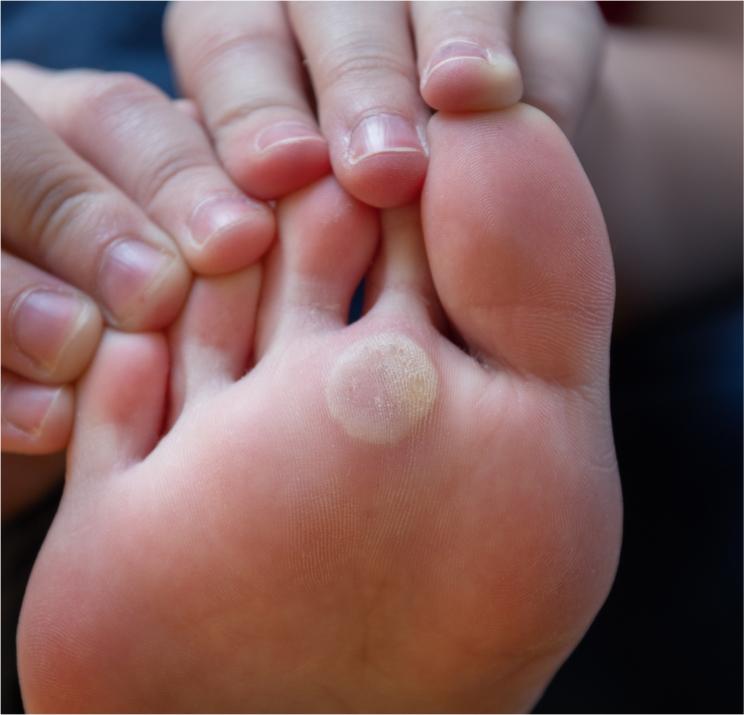Causes of Seed Corn
Porokeratotic eccrine ostial and dermal duct nevus, commonly known as seed corns for their appearance, are a type of skin condition that primarily affects the soles of the feet. They are small, hard, and painful lesions or calluses that can make walking or standing for extended periods painful. In this brief article brought to you by Mountain Spring Podiatry, we explore the causes of seed corns so as to help you prevent unnecessary pain and discomfort. If you ever need a licensed podiatrist or foot doctor, you can call Mountain Spring Podiatry to schedule a convenient appointment.
Potential Causes of Seed Corns
Seed corns can be a source of discomfort on the feet, but understanding their potential causes can help individuals take preventive measures to reduce their risk of developing them. The exact cause of seed corns is not fully understood, but they are believed to be related to excessive pressure or friction on the feet.
Excessive pressure and friction on specific areas of the feet can result from walking or standing for extended periods, especially on hard surfaces. Ill-fitting shoes can also contribute to increased pressure and friction. Wearing shoes that don’t provide adequate support or are too tight can create pressure points on the feet.
Further, certain foot deformities, such as bunions, hammertoes, or bone spurs, can alter the distribution of pressure on the feet. This increased pressure on certain areas may also lead to the formation of seed corns.
Finally, it’s worth noting that the accumulation of dry, thickened skin can create a conducive environment for seed corns to develop. Lack of proper foot hygiene and moisturizing can contribute to this.
Reducing the Risk of Developing Seed Corns
An ounce of prevention is worth more than a pound of cure, and there are plenty of preventative measures you can take to reduce the risk of developing seed corns.
Invest in well-fitting shoes with adequate arch support, cushioning, and room for your toes to move without constriction. Limit the use of high-heeled shoes, especially for extended periods. Consider using cushioned insoles or orthotic inserts to provide extra support and distribute pressure more evenly across your feet.
If you have foot abnormalities, consider getting custom-made orthotic inserts prescribed by a podiatrist to correct your gait and provide tailored support. Also remember to consult a podiatrist regularly for evaluation and guidance on managing your foot health.
Finally, maintain good foot hygiene by washing your feet daily and keeping them dry. At the same time, regularly moisturize your feet to prevent the buildup of dry, thickened skin. Gently exfoliate to remove dead skin cells, which can contribute to seed corn formation. Of course, you should also keep your toenails trimmed and prevent ingrown toenails.
Consult with a Licensed Podiatrist
If you have chronic or severe cases of seed corns, then consider seeing a reliable podiatrist, or foot doctor. Residents in the area can call Mountain Spring Podiatry to schedule a convenient appointment or arrange an urgent walk-in appointment for as soon as possible.

